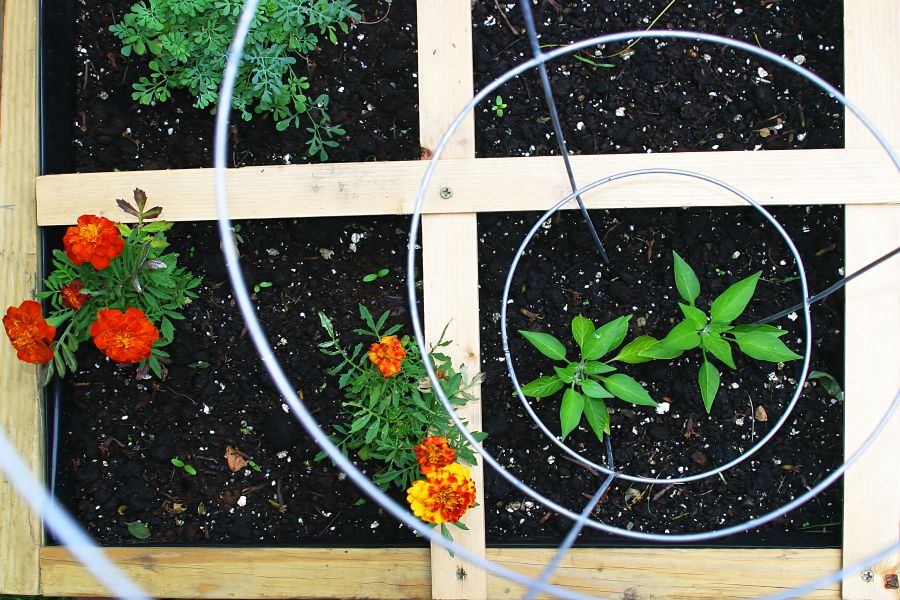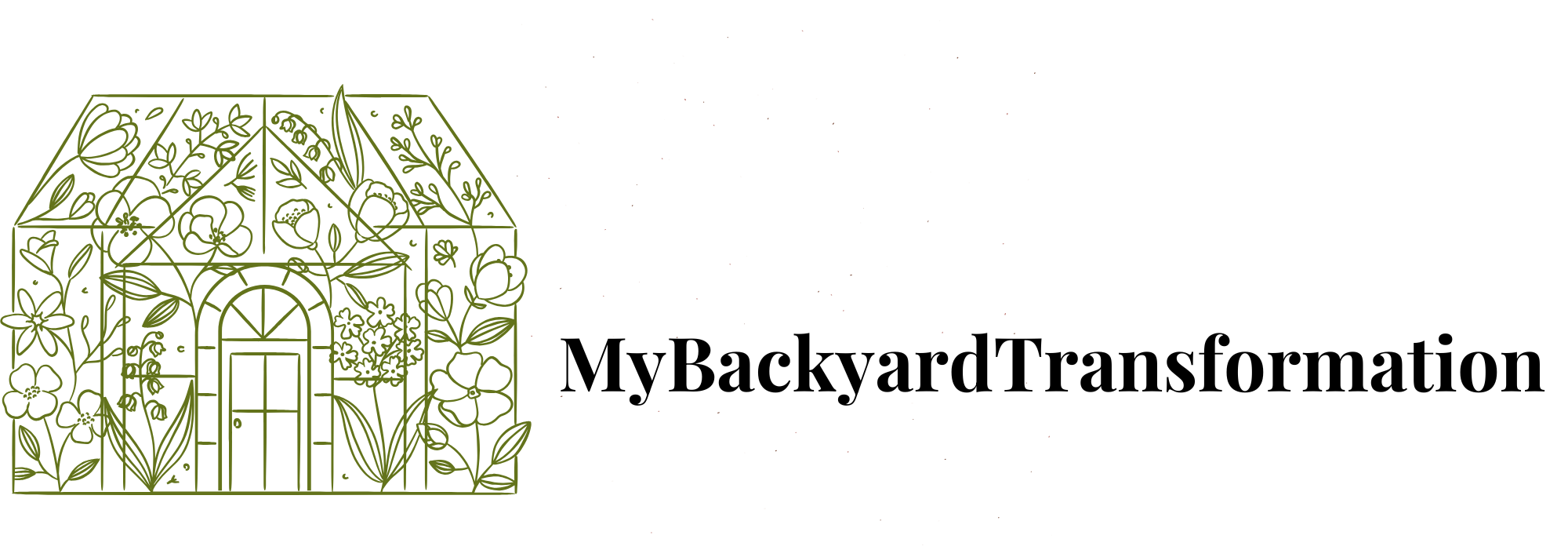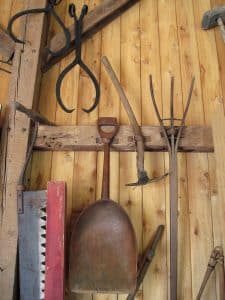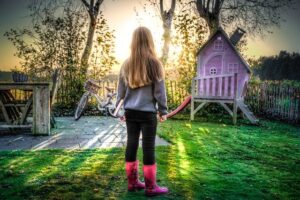Before you plant your first seed, you first have to decide where you are going to plant your garden. There are some things though that you need to consider before you make your final decision when drawing out your vegetable garden plans.

You need to make sure the area you choose gets at least six hours of direct sun and has good soil drainage. There should be plenty of air circulation but will need to be shielded from really strong winds. Usually the house or a few trees can protect it from the wind. As long as it’s not blocking all the sun.
You will then need to figure out how big the garden is going to be. Beginners should start out slow. If you make it too big, especially while you’re learning, you may find that it’s too overwhelming and more like a job.
A 10 by 10 foot plot will probably be good enough for beginners to plant tomatoes, cucumbers, zucchini and lettuce along with some herbs. These are good plants that aren’t to difficult to grow.
You can draw out your plan to make sure that you give your plants enough room to grow. You can use graph paper to scale the design properly. For instance, use a one inch square for one foot.
As you are deciding how much space each plant will need, make sure you know how much space they will need when they are fully grown. It would be better to design your garden in blocks versus using rows. You won’t have to use precious space for paths if you use blocks.
Blocks that have different plants within are like mini-gardens. When you plant a crop that is too crowded, it is more prone to disease. Be sure that you make it only wide enough to be able to reach the center from either side.
You also have to understand the growing time for each plant when figuring out where to place your plants. Peppers, eggplants and tomatoes take a whole season to grow while others like lettuce and spinach take only a few weeks.
Your perennial flowers and herbs will need to stay in the same place and they will end up taking up more space every year.
Keep your garden design plan so you can use reference it for the following year. In order to prevent the depletion of nutrients from the soil, you should rotate the crops each year. This also helps to prevent disease. Never plant an annual plant in the same place two years in a row. It’s even better to wait for three years before you plant the same thing in the same spot.
Some plants such as clover and alfalfa actually help the soil so you should add these plants in different areas each year.
For your vegetable garden plan, it’s important to choose plants that grow well in your climate. This way, you don’t have to spend a lot of extra time trying to care for plants that don’t thrive naturally in your particular area.
While planning out this year’s garden, take the time to plan out next year’s, too. This way, you’ll be sure to rotate your crops so the soil stays healthy. This will save you time and give your garden the best chance for success year after year.



